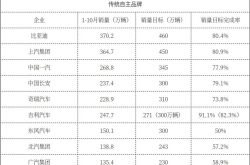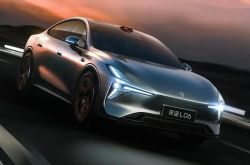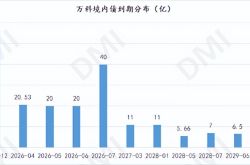Autonomous Driving: The Ultimate Showdown Looms!
![]() 11/21 2025
11/21 2025
![]() 480
480
Introduction | Lead
As Tesla prepares to introduce its Full Self-Driving (FSD) technology into China's intelligent driving market, two leading domestic autonomous driving technology firms, Pony.ai and WeRide, have opted to launch Initial Public Offerings (IPOs) on the Hong Kong Stock Exchange. With the backing of strong capital, they aim to expedite research and development, broaden their market presence, and further bolster their competitiveness. The decisive battle in China's domestic autonomous driving market is on the horizon.
This article is produced by | Heyan Yueche Studio
Written by | Zhang Dachuan
Edited by | He Zi
Full text: 2,773 characters
Reading time: 4 minutes
For intelligent connected vehicles, driving assistance/intelligent driving will emerge as one of the pivotal factors influencing consumers' purchasing decisions. The primary reason why new domestic brands, exemplified by AITO, have surged and captured a portion of the market share previously held by BBA (Mercedes-Benz, BMW, Audi) is their ability to deliver a superior intelligent driving experience compared to traditional luxury brands.
However, it's noteworthy that foreign automakers are also heavily investing in the intelligent driving sector. Notably, Tesla's CEO, Elon Musk, has publicly stated that Chinese regulators will grant full approval for Tesla's advanced driving assistance system, known as Full Self-Driving (FSD), early next year. Although FSD still necessitates continuous human supervision and readiness to intervene at any moment, it promises a fundamentally different functional experience from the existing AutoPilot. This also signals that foreign automakers are poised to launch a counterattack in the driving assistance/intelligent driving arena.

△ Tesla's FSD may make its official debut in the Chinese market next year.
Tesla's FSD Counterattack
In the recently concluded October, Tesla's domestic sales performance was relatively lackluster, with retail sales of only 26,006 units, marking a 35.76% year-on-year decline and a 63.64% month-on-month drop, the lowest since November 2022.
While this is partly attributable to Tesla's sales rhythm, where more models are produced for export at the beginning of the quarter, and its domestic retail sales soared to over 60,000 units in September, it's undeniable that Tesla faces relentless competition in China. In addition to pure electric models from brands like NIO, Xiaomi, and Li Auto diverting a significant portion of sales, causing Tesla to encounter a sales growth bottleneck due to the prolonged absence of new model launches, another crucial factor is Tesla's delayed deployment of FSD in China. This has led to Tesla's intelligent driving experience lagging behind that of domestic competitors at a similar level.
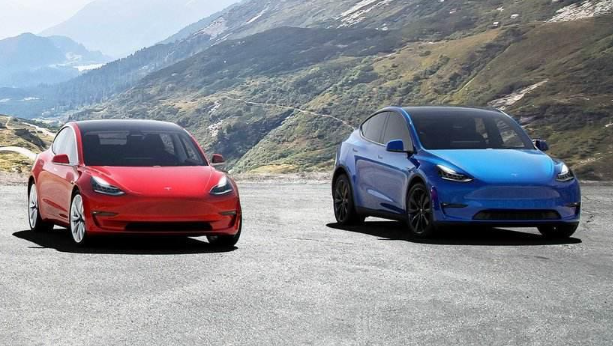
△ Tesla's competitiveness in China is gradually diminishing.
However, this scenario is expected to change early next year. According to Musk, Tesla's FSD has already secured partial approval in China and is anticipated to receive full approval around February or March next year. At that juncture, Tesla's shortcomings in intelligent driving will be promptly addressed, and sales in the Chinese market are projected to experience a surge. To introduce FSD in China, Musk personally visited Beijing in April 2024 for discussions with relevant Chinese authorities. Subsequently, Tesla announced a cooperation agreement with Baidu for maps and navigation, meeting the Chinese government's compliance requirements in terms of surveying and mapping safety and personal privacy. Currently, everything is in place, awaiting only the final approval.
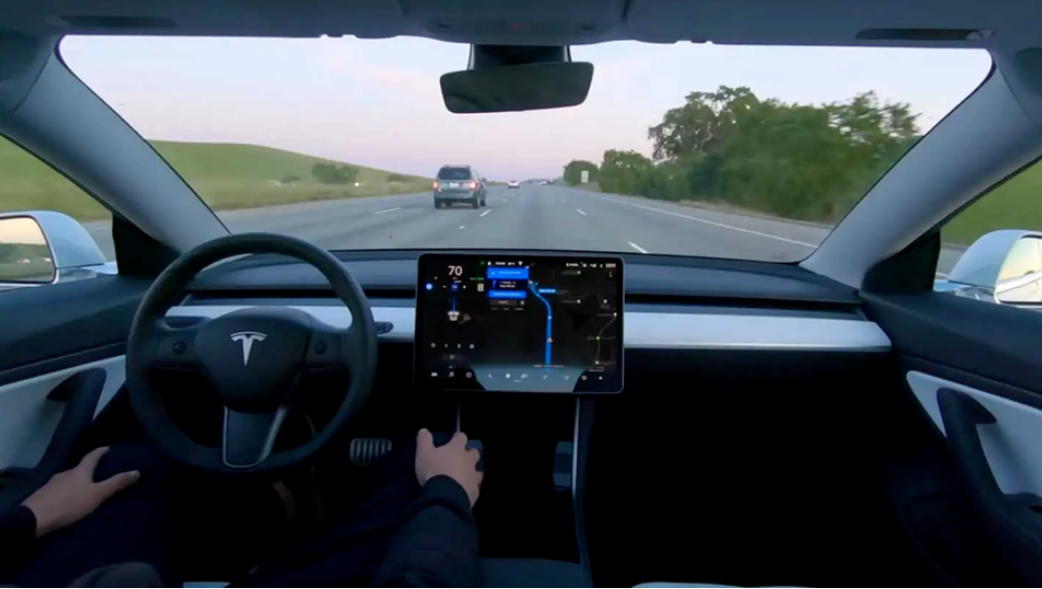
△ Tesla is eager to regain sales momentum with FSD.
In addition to the Chinese market, Musk is also exerting continuous pressure on European regulators to facilitate the implementation of FSD in Europe. Data indicates that in the first ten months of 2025, Tesla's sales in the European market declined by approximately 30% year-on-year, with no signs of a reversal. If Tesla can secure approval from European regulatory authorities to use FSD on public roads in Europe, it will serve as a significant advantage for the company.
Chinese Intelligent Driving Companies 'Draw Strength' from the Capital Market
Prior to the announcement of FSD's imminent entry into the domestic market, a significant event unfolded in the mainland's autonomous driving sector: Pony.ai (02026.HK) and WeRide (00800.HK), two leading companies, completed their IPOs on the Hong Kong Stock Exchange on the same day.
For these two firms, achieving dual listings in the US and Hong Kong stock markets will mitigate the impact of certain uncontrollable factors on their financing. The decision to go public in Hong Kong is not only due to the relatively lower listing threshold but also because, in the future, they can attract funds from mainland investors through the Stock Connect. However, somewhat awkwardly, these two companies did not garner much enthusiasm on their first trading day on the Hong Kong Stock Exchange. Instead, both experienced a break below the issue price, with declines exceeding 9%, and even once plummeting more than 13% during the session.
Currently, the stock prices of these two companies are still on a downward trajectory. On November 14, WeRide's closing price on the Hong Kong Stock Exchange was HK$19.80, down more than 4%. The stock is currently trading below its issue price, with a cumulative decline of 26.94% since listing. Pony.ai's closing price on the Hong Kong Stock Exchange was HK$93.00, down 13.89%, and the stock is also trading below its issue price, with a cumulative decline of 33.09% since listing.

△ Pony.ai and WeRide made their debut on the Hong Kong Stock Exchange on the same day.
One of the primary reasons for this situation is linked to the core businesses of these two companies. Currently, both Pony.ai and WeRide focus on autonomous driving mobility services. WeRide's core products encompass autonomous taxis, autonomous minibusses, autonomous freight vehicles, autonomous sanitation vehicles, and high-level intelligent driving solutions (WePilot). Pony.ai concentrates on two areas: autonomous taxis and autonomous trucks. The nature of these businesses necessitates the construction of their own vehicle fleets. The heavy asset model of building one's own fleet implies that autonomous driving technology companies need to invest substantial funds in the early stages. In 2024, Pony.ai reported a net loss of 1.967 billion yuan, while WeRide reported a loss of 2.517 billion yuan. With significant capital investments yielding minimal short-term profits, it's understandable for the stocks to break below the issue price and decline.
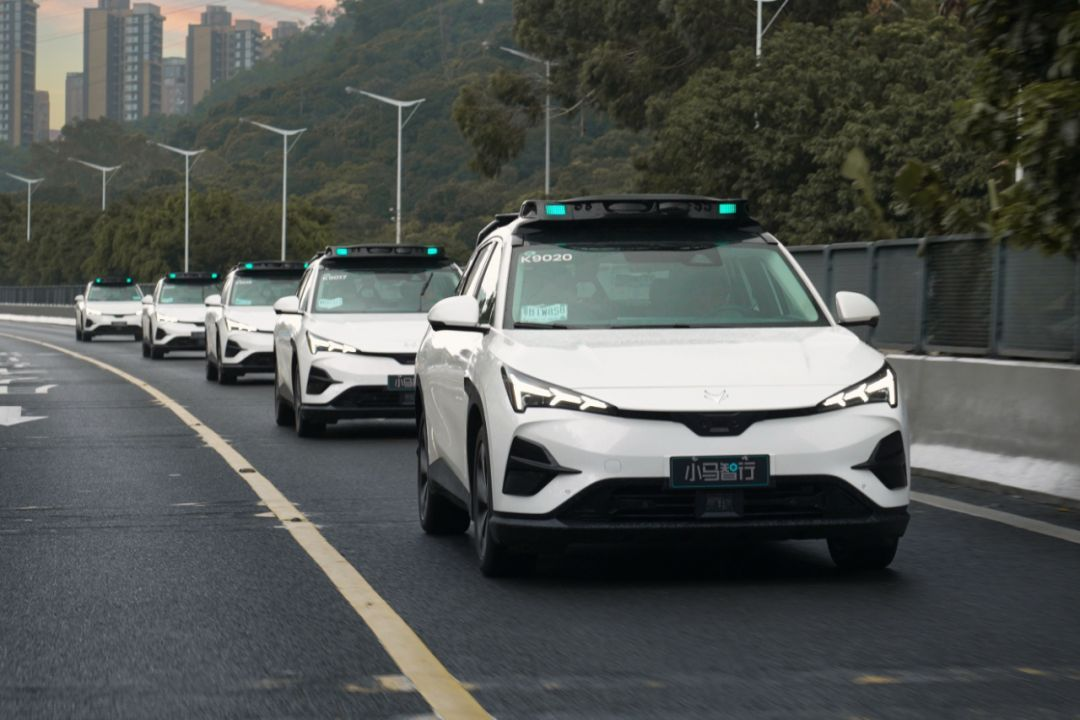
△ The Robotaxi business demands substantial investment and incurs significant costs.
Nevertheless, companies like Pony.ai and WeRide are still willing to invest significant resources in the field of autonomous driving mobility for two main reasons:
On one hand, expanding the fleet size aims to achieve business profitability. Scalable operations are crucial for attaining profitability in the autonomous driving mobility business. On the operational front, Pony.ai has established a Robotaxi remote assistance platform, achieving a personnel management efficiency of 1:20, meaning one remote operator can manage 20 vehicles. As the fleet size grows larger, Pony.ai moves closer to the breakeven point.
On the other hand, autonomous driving technology will primarily revolve around data competition in the future. Whoever can amass more high-quality data will gain an edge in algorithm iteration. Therefore, for autonomous driving technology companies, operating a larger-scale fleet means securing a reliable channel to continuously generate useful data for themselves.
Hence, both Pony.ai and WeRide must persevere. Additionally, if the Robotaxi business can achieve success, it will serve as a compelling demonstration for selling intelligent driving services to major domestic automakers.
Inevitable Reshuffle in Autonomous Driving
In addition to continuously competing in algorithm performance to see who can achieve true L3 or L4 autonomy first, there are also two other dimensions that major automakers and autonomous driving technology companies need to focus on: cost and regulation.
Cost Competition. In addition to its impressive performance, Tesla's FSD boasts a significant cost advantage because it does not rely on LiDAR technology, making its intelligent driving solution relatively inexpensive. One of the purposes of NIO and XPeng developing their own intelligent driving chips is also to reduce the cost of purchasing NVIDIA's Thor chips. Pony.ai, which went public on the Hong Kong Stock Exchange this time, has its biggest highlight in the seventh-generation L4 autonomous driving hardware and software system it globally premiered in April this year. Compared to the previous generation, the total cost of its autonomous driving suite has decreased by 70%, with LiDAR costs down by 68% and onboard computing unit costs down by 80%. In the future, in a fiercely competitive market, having a cost advantage in autonomous driving technology solutions will become a key determinant of an automaker's competitiveness.
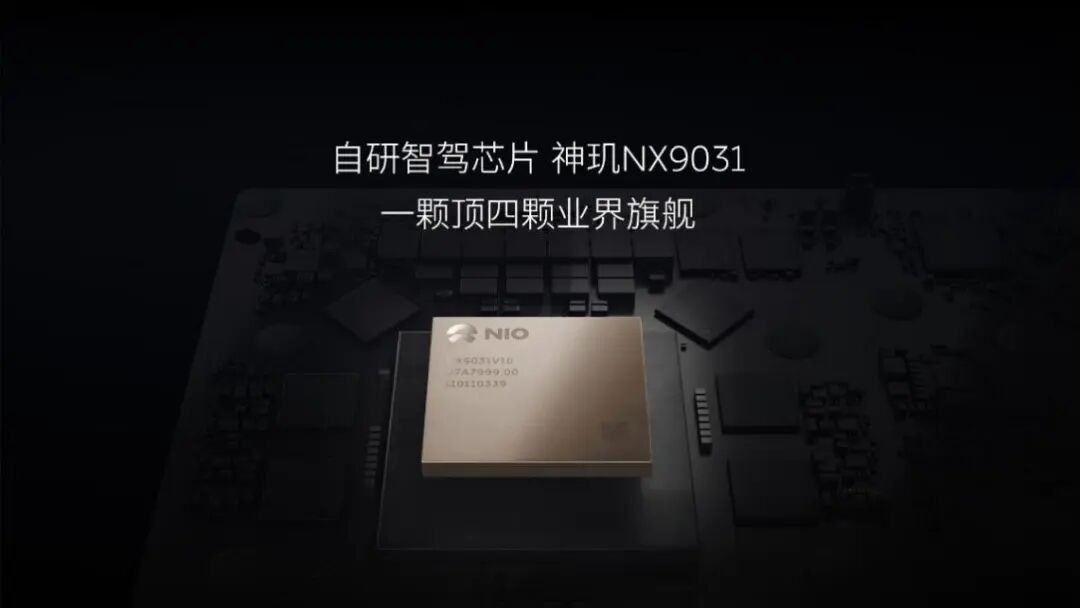
△ NIO and XPeng have even gone so far as to develop their own chips to reduce autonomous driving costs.
Regulatory Challenges. To ensure the healthy and stable development of the domestic autonomous driving sector and address industry irregularities, the Ministry of Industry and Information Technology held a meeting in April this year to advance the management of intelligent connected vehicle product access and software online upgrades. The meeting required the avoidance of vague promotional terms such as 'autonomous driving' and 'high-level intelligent driving,' and mandated the uniform use of the term 'combined driving assistance' (Level 2). In the future, it is foreseeable that China will impose stricter access thresholds for Level 3 and Level 4 autonomous driving, clarifying the boundaries between drivers and automakers. Therefore, both automakers and autonomous driving technology companies need to focus more on the product itself. If they easily cross regulatory red lines, they may face severe consequences.
Commentary
Once upon a time, Tesla was seen as a catalyst, activating China's domestic new energy vehicle market. Now, with Tesla's FSD re-entering the Chinese automotive market, it will once again stir up the domestic intelligent vehicle market. In addition to automakers needing to respond proactively, domestic autonomous driving technology companies also need to stockpile sufficient resources to prepare for new challenges. It is foreseeable that in 2026 and 2027, the domestic autonomous driving industry, along with automakers, will undergo a profound reshuffle. Autonomous driving will become the ultimate litmus test determining the survival of companies.
(This article is original to Heyan Yueche and may not be reproduced without authorization.)




